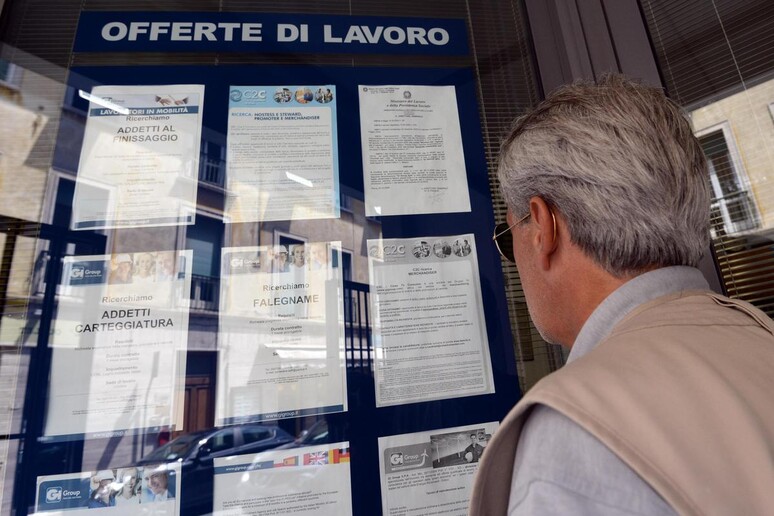The Italian workforce is aging, with
fewer younger workers finding jobs and more employees over 55
staying on the job, but positive growth signs may help, national
statistical agency Istat said Wednesday.
The number of 55-plus workers jumped 8.9% or 320,000, while
employees under 35 fell by 2.9% or about 148,000 positions last
year, the agency said in its annual report.
Still, economic indicators for 2015 show "a positive
outlook in Italy," said Giorgio Alleva, president of Istat.
Indicators from production figures to exports are positive
for the country, while the eurozone outlook is also upbeat, said
Alleva.
However, he warned that a lack of sound public policies is
holding back growth in the southern half of Italy and that
threatens the entire country.
"Development and growth will only be penalized in the
country," if the South is not developed, he said.
In other signs of the harm inflicted by years of economic
slowdown, the agency also reported that about one in 10
Italians, or some 2.3 million people, are working under an
"irregular" contract.
It added that it is using new methodology to try to
measure those numbers, and estimated the rate of irregular
workers was about 12.6% for 2012.
As well, the proportion of Italian families where only the
women have jobs "continues to increase", Istat noted.
Some 12.9% of families, or 2.428 million households in 2014
reported only women had jobs.
In contrast, in 2008 only 9.6% of households, or about
1.731 million reported solely women workers in the family.
Meanwhile, foreign residents in Italy "are an asset for the
country," but are not always respected or welcomed, Istat said.
There are some 4.8 million foreign residents including many
"who are willing to carry out the work which Italian citizens do
not want to do", Istat said.
It also noted that almost seven million people were
jobless last year, including 3.2 million actively searching and
another 3.5 million available but discouraged.
The numbers in the job hunt rose by 5.5% from 2013, the
agency added.
The only form of work where growth was reported last year
was part-time employment, now accounting for four million
workers, or 18% of the total.
Some 63.3% of those workers were forced to take part-time
hours - more than double the 24.4% average in the EU, said
Istat.
About 784,000 more part-time workers were reported last
year in Italy compared with 2008.
The 'brain drain' from Italy of some its best-trained and
highly skilled workers is growing, Istat said.
It reported that 3,000 PhD holders graduating between 2008
and 2010, or almost 13%, live outside the country.
That number is almost double the 7% of PhD grads from
between 2004 and 2006, the agency said.
Physicists, mathematicians and computer scientists are
among the professionals most likely to leave, said Istat.
ALL RIGHTS RESERVED © Copyright ANSA











